May 28, 2025 | 19:40 GMT +7
May 28, 2025 | 19:40 GMT +7
Hotline: 0913.378.918
May 28, 2025 | 19:40 GMT +7
Hotline: 0913.378.918
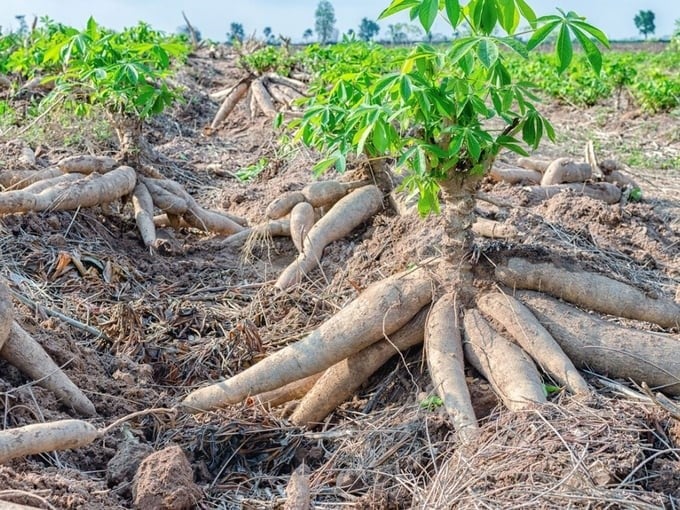
The newly approved project of the Ministry of Agriculture and Rural Development (MARD) on the cassava industry sets an output target of 12.5 million tons by 2030. Photo: TL.
According to MARD, the approval of the project is assessed to be in accordance with the Strategy for Sustainable Agriculture and Rural Development in the 2021–2030 period, with a vision to 2050, and the Strategy for Crop Production Development until 2030, with a vision to 2050. In addition, the project is also suitable for the natural, economic, and social conditions of each locality, with a focus on land conditions, crop structure orientation, etc. to meet market demand and improve production efficiency.
The project will contribute to promoting the application of science and technology in the process of producing and processing cassava, with a priority given to seed work and farming techniques; promoting deep processing and diversifying products to meet market requirements; and maximizing the use of by-products in the process of producing and processing cassava.
Besides, developing production according to the value chain and closely linking cassava production and consumption on the basis of taking businesses as the center and cooperatives and cooperative groups as the bridge between businesses and cassava-growing households.
Thereby encouraging and mobilizing resources from economic sectors to invest in the production, processing, and export of cassava products. The State creates mechanisms, policies, and investments and supports investment according to the provisions of the law.
According to MARD, the overall goal of the project is to develop a stable, effective, and sustainable cassava industry; build close linkages between production, processing, and consumption of products to create high economic value, contributing to creating jobs, eliminating hunger and reducing poverty, and improving the lives of people in rural areas; and increase the value of export turnover and environmental protection.
Specifically, by 2030, the country's fresh cassava output will reach about 11.5–12.5 million tons, of which the output of fresh cassava used for deep processing of some products (starch, ethanol, MSG, etc.) accounts for about 85%. The cassava growing area using varieties that meet quality standards reaches 40–50%. The cassava growing area applying sustainable farming processes reaches 50%. The export turnover of cassava and cassava products reaches USD 1.8–2 billion.
With a vision to 2050, Vietnam's cassava industry will continue to develop sustainably; 70–80% of cassava growing areas apply sustainable farming processes; the output of fresh cassava used for deep processing of some products (starch, ethanol, MSG, etc.) accounts for over 90%; the export turnover of cassava and cassava products reaches about USD 2.3–2.5 billion.
Regarding production, by 2030, the country's cassava growing area will be about 480,000–510,000 hectares, and fresh tuber output will reach 11.5–12.5 million tons, oriented to be distributed in five key regions, including the Northern Midlands and Mountainous Region; North Central; South Central Coast; Central Highlands; and South East.
Regarding processing, continue to encourage economic sectors to invest in new construction or upgrading of factories processing cassava products (starch, ethanol, MSG, etc.). At the same time, encourage the development of businesses processing confectionery, glucose sugar, instant noodles, animal feed, etc., with the use of cassava and cassava starch as raw materials. Prioritize the use of new and advanced technology in cassava processing to improve quality, maximize the use of by-products, and protect the environment.
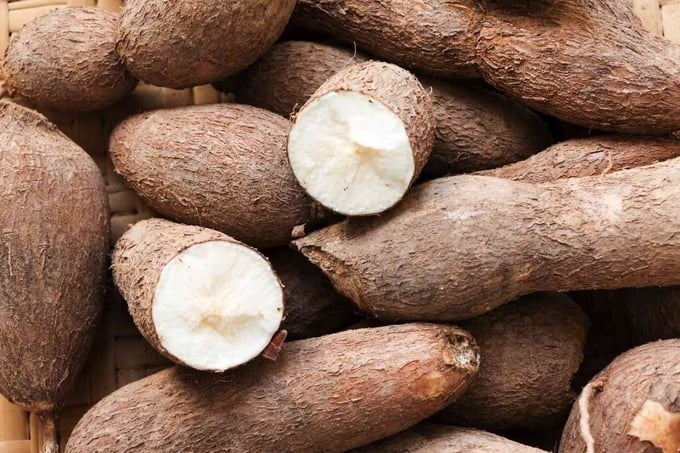
The project targets an export value of cassava products to reach USD 1.8–2 billion by 2030. Photo: TL.
To successfully implement this project, MARD requests localities determine the scale of cassava-growing areas in provincial planning and other related orientations.
Implement synchronous solutions to attract businesses to invest in and promote the formation of linkage chains; support the development of cooperatives and cooperative groups. The focus is on supporting the new establishment and improving the operational efficiency of cassava production cooperatives.
Based on practical conditions, businesses link with cassava-growing households to build raw material areas; supply input materials (seeds, fertilizers, pesticides, etc.); transfer science and technology, guide techniques, and consume products.
Regarding science and technology, the project clearly states the need to collect, exchange, and store genetic resources of cassava varieties to serve breeding work; research to select, create, and import new cassava varieties with high yield, high starch content, and resistance to harmful organisms such as Sri Lanka cassava mosaic, cassava witches broom, Phycomycetes, etc.
Replicate and perfect the cassava breeding system at 3 levels (original varieties/elite varieties, level 1 varieties, and level 2 varieties), focusing on disease-free varieties and new varieties with high yield and quality in localities to gradually increase the rate of using cassava varieties that meet quality standards.
Research, develop, perfect, and transfer into practice technical processes for sustainable cassava production in ecological regions; promote the application of mechanization in the stages of planting, caring for, harvesting, and transporting cassava.
In addition, research, manufacture, or import new technology in processing and diversifying cassava products. At the same time, synchronously implement scientific and technological solutions in processing cassava products to improve product quality and economic efficiency and protect the environment.
Regarding market solutions for cassava products, from an international perspective, solutions are needed to maintain existing cassava consumption markets (China, South Korea, etc.). At the same time, promote trade promotion activities, expand markets (EU, Northeast Asia, etc.), and remove trade barriers to create favorable conditions for Vietnamese cassava products to be widely consumed in the world market.
Domestically, in addition to encouraging the development of businesses processing cassava products, localities need to continue to attract businesses processing confectionery, glucose sugar, instant noodles, animal feed, etc., with the use of cassava and cassava starch as raw materials to increase the value chain of the cassava industry.
Translated by Thu Huyen
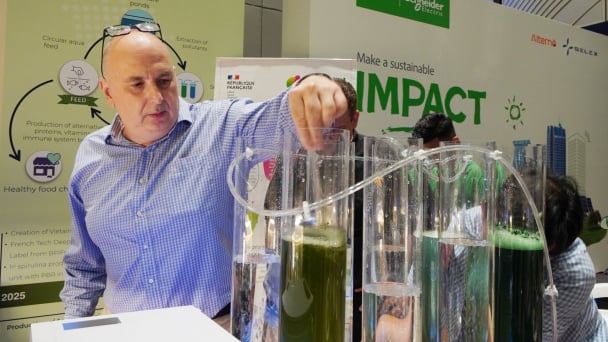
(VAN) On May 27, La French Tech Vietnam (the French startup and innovation community in Vietnam) held the French Tech Summit Vietnam 2025.
/2025/05/27/4731-2-223159_980.jpg)
(VAN) No votive paper, no styrofoam, no plastic bags, no plastic bottles, and no single-use plastic trays are the key rules tourists should keep in mind when visiting Con Dao.
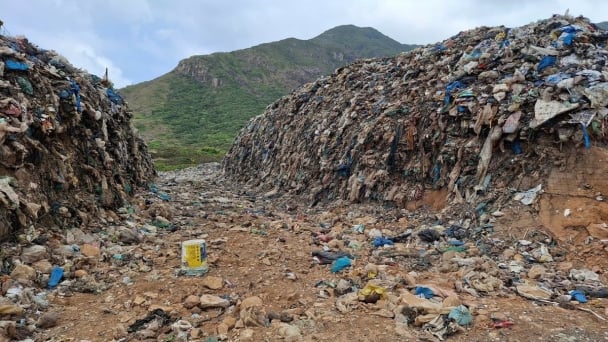
(VAN) In the fight against plastic pollution, Vietnam has been demonstrating a proactive, pioneering, and active role in addressing the greatest environmental challenge today.

(VAN) The WOAH guidelines provide a vital tool for risk chain analysis, covering the extraction, transportation, consumption, and handling of confiscated wildlife.
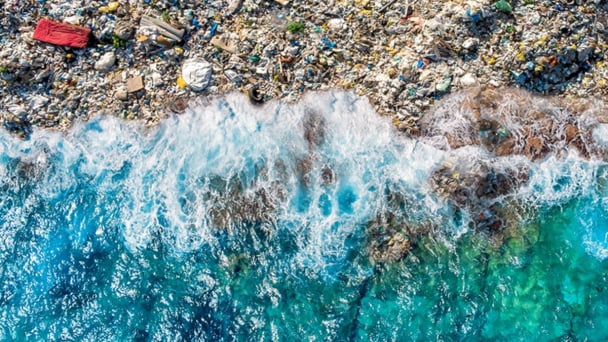
(VAN) World Environment Day 2025 is launched by the United Nations Environment Programme (UNEP) with the theme 'Beat Plastic Pollution'.
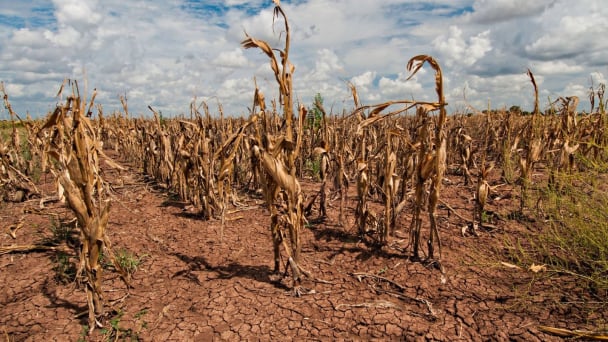
(VAN) As climate whiplash reshapes yields, experts say data-driven tools and targeted relief are critical to feed America.

(VAN) The alignment in goals and operational direction between the Vietnam Agriculture and Nature Newspaper and Shaanxi Daily opens up promising prospects for journalism and media cooperation.